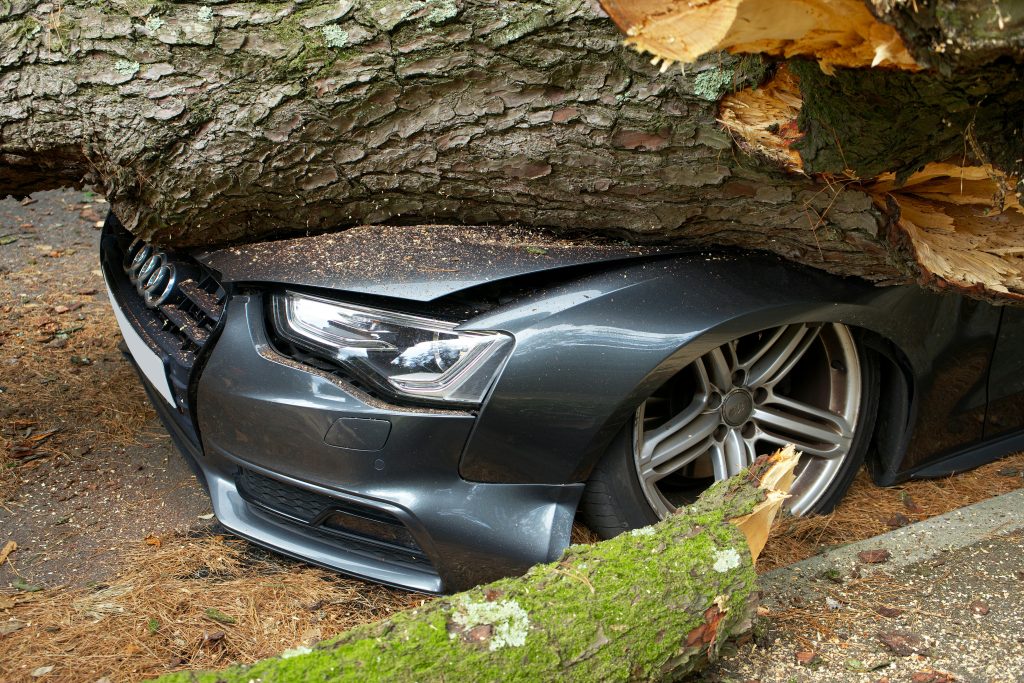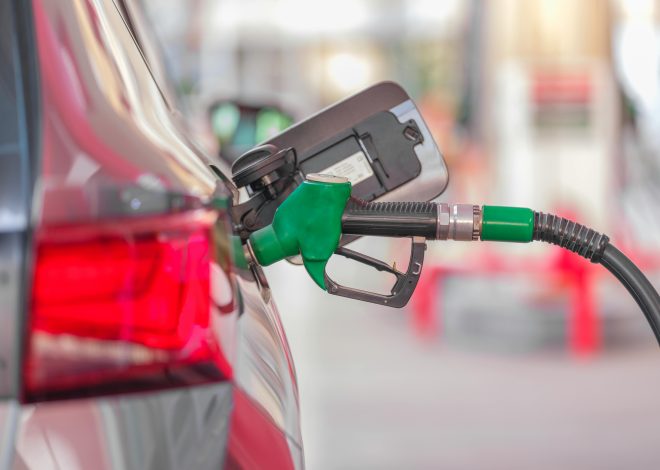
How to Safely React to Sudden Obstacles on the Road
Introduction
Every driver’s heartbeat quickens when an unexpected object appears in the lane ahead—a stray shopping cart rolling across the highway, a fallen tree limb after a storm, or a startled animal darting into traffic. In that fleeting instant, your training, situational awareness, and composure determine whether you evade danger or become part of it. This guide dives deep into understanding why sudden obstacles catch us off guard, how to build defensive driving habits, and the precise, expert-backed techniques for braking and steering under pressure. By the end, you’ll have actionable strategies to keep you calm, confident, and in control—no matter what surprises the road presents.

Understanding the Threat: What Counts as a “Sudden Obstacle”?
Not all hazards are created equal. Recognizing the different types of sudden obstacles sharpens your awareness and primes your reactions.
Animals and Wildlife
From urban raccoons to highway-crossing deer, animals move unpredictably. A deer’s broadside silhouette often appears only in your peripheral vision. Their erratic behavior—stopping, turning, or reversing—means you must be ready to brake or steer in an instant.
Road Debris and Fallen Cargo
Construction materials, loose tarps, or a shifting load from a commercial truck can scatter across lanes without warning. Metal fragments or wooden planks pose puncture risks; plastic sheeting can reduce tire traction. Spotting debris early, especially on high-speed roads, is critical to avoid tire blowouts or abrupt swerves.
Stalled and Broken-Down Vehicles
A vehicle that has run out of gas or suffered a mechanical failure may sit partially in a lane, often without warning lights. At night, a dark silhouette can blend with roadside shadows. Approaching too quickly leaves little time to react safely.
Vulnerable Road Users
Pedestrians jaywalking, cyclists weaving through traffic, or children chasing stray balls can emerge from between parked cars. In urban areas, sidewalks hide potential spillover, and in residential streets, expect the unexpected near driveways and crosswalks.
Weather-Related Hazards
Sudden fog patches, hailstorms, or black ice can render braking distances up to ten times longer. Even heavy rain can create standing water, leading to aquaplaning. When conditions shift rapidly, obstacles blur into the background until it’s almost too late.
Stay Prepared: Key Preventive Measures
Preparation is your first line of defense. By adopting proactive habits, you turn reaction into anticipation.
1. Maintain an Adequate Following Distance
- Three-Second Rule: Choose a fixed roadside marker (an overpass pillar, signpost, or tree). When the vehicle ahead passes it, begin counting “one-one thousand, two-one thousand, three-one thousand.” If you reach the marker before finishing, you’re too close.
- Adjust for Conditions: In rain, snow, or heavy traffic, double the count. For icy roads, consider a five-second buffer. A larger gap buys crucial reaction time and room to maneuver.
2. Scan Continuously, Think Ahead
- 12–15 Second Look-Ahead: Your eyes should focus well beyond the car directly in front. This horizon scan helps detect brake lights, slow-down cues, or objects entering the roadway.
- Mirror Checks Every 5–8 Seconds: Regularly glance at your side and rear-view mirrors to track vehicles approaching from behind or overtaking. A tailgater reduces your escape options; knowing they’re there can influence your evasive choice.
3. Control Your Speed
- Obey Posted Limits: Speed limits consider road geometry, sight distances, and typical hazard frequency. Respect them as the baseline for safe reaction.
- Adapt to the Environment: Slow down in school zones, construction areas, or on unfamiliar rural roads where obstacles—like livestock—are more prevalent.

4. Keep Your Vehicle Road-Ready
- Tire Health: Check tire tread depth and pressure monthly. Properly inflated tires maintain maximum contact with the road, enhancing grip during evasive maneuvers.
- Brake Maintenance: Worn brake pads, low fluid, or warped rotors extend stopping distances. Have your braking system inspected at least once a year or per manufacturer recommendations.
- Use Safety Features: Ensure ABS (Anti-Lock Brake System), ESC (Electronic Stability Control), and traction control are activated. These systems can be lifesavers in split-second emergencies.
Immediate Reaction: Your Step-By-Step Response
When an obstacle appears, a clear mental framework helps you act decisively rather than panic.
1. Recognize & Decide: “Go or Stop?”
- Spot—Assess—Act: The moment your eyes lock onto the obstacle, quickly decide if there’s space to steer around it or if braking is the sole option.
- Mental Shortcut: Ask yourself, “Can I safely steer past this?” If yes, initiate a controlled swerve. If no, slam into braking mode.
2. Avoid Oversteering and Panic Braking
- Smooth Steering Inputs: Grip the wheel at 9 and 3 o’clock. Use the push-pull technique—push down with one hand while pulling up with the other—to create a fluid turn.
- Controlled Braking: Firmly press the brake pedal without rocking your foot. Slamming and releasing can confuse ABS and reduce stopping efficiency.
3. Execute Controlled Steering
- Initiate the Turn: Push-push/pull-pull until the hazard is clear.
- Hold Your Line: Avoid jerky corrections that can lead to over-correction and skids.
- Return Gently: Once clear, unwind the wheel in the reverse push-pull motion to center your tires.
4. Leverage Modern Safety Systems
- ABS: Prevents wheel lock-up, allowing you to steer while braking heavily. Feel rapid pulsing underfoot—that’s ABS doing its job.
- ESC and Traction Control: Automatically brake individual wheels to stabilize a skid or prevent spin-outs. These systems are your co-pilots in high-stress moments.
5. Recover and Regain Control
- Steady Your Speed: Accelerate gradually to match surrounding traffic.
- Re-scan the Scene: Check all mirrors and roadway ahead to anticipate secondary hazards—rubberneckers, debris, or vehicles reacting unpredictably.
Advanced Techniques and Professional Training
For drivers seeking an extra edge, specialized skills and practice environments accelerate your learning curve.
Emergency Braking for Non-ABS Vehicles
- Threshold Braking: Brake firmly until just before the wheels lock, then ease off slightly. Repeat quickly to maintain peak deceleration without a skid.
- Pumping Technique: Manually pump the brakes in rapid successions—this mimics ABS for older cars but requires intense practice to master.
Trail Braking for Precision Avoidance
- Concept: Ease off braking pressure as you turn, transferring weight to the front tires for sharper steering. Common in performance driving, trail braking demands a delicate balance between brake and throttle inputs. Best practiced in safe, controlled environments.
Skid Control & Countersteering
If you overcorrect and the rear end steps out:
- Stay Calm: Avoid slamming brakes—this worsens the skid.
- Look Where You Want to Go: Your hands follow your gaze. Focus on your target lane, not the hazard.
- Steer Into the Skid: If the back slides right, steer right; if left, steer left. As traction returns, counter-steer back to center.

Driver Training Courses and Simulators
- Skid Pans: Wet, low-friction surfaces allow you to explore loss of traction and regain control under professional supervision.
- High-Fidelity Simulators: Virtual reality scenarios test your reflexes against sudden obstacles without real-world risks.
- Refresher Workshops: Many driving schools offer half-day defensive driving clinics covering hazard perception, evasive maneuvers, and accident avoidance.
Real-Life Case Studies: Learning from Experience
Highway Debris Avoidance
A delivery truck loses part of its lumber load at 65 mph. The driver behind, maintaining a three-second gap, spots planks rolling into the right lane. Rather than slam the brakes, they ease off the throttle, apply steady braking, and steer gently into an adjacent lane—evading both the debris and causing minimal disruption to traffic flow.
Wildlife Encounter at Dusk
On a rural road at twilight, a motorist notices the reflection of an animal’s eyes in the headlight beam. Anticipating movement, they slow early, coasting through the zone. When two deer bolt across the road, their tires never lose full contact, and ABS only lightly pulses—safely bringing the car to a stop just feet from the crossing animals.
Urban Pedestrian Emergency
In a school zone, a parent backs out of a driveway without looking. A student bursts past the rear bumper, chasing a fallen ball. Because the driver was going under 15 mph and actively scanning intersections and sidewalks, they respond instantly—firm braking sans panic, bringing the car to rest mere inches from the child.
Mental Preparedness & Confidence Building
Cultivate the Right Mindset
Accept that hazards are an inevitable aspect of driving. Rather than fearing every scenario, focus on your ability to handle them. Confidence stems from preparation and practice.
Visualization Techniques
Before long trips, spend a few minutes picturing various emergencies: a stopped vehicle, a roadworker stepping into your path, or a sudden downpour. Mentally run through your response—Brake? Swerve? Which hand position? This mental rehearsal embeds neural pathways, making your physical reactions faster in real situations.
Stress Management Under Pressure
When adrenaline spikes, fine motor control and decision-making can degrade. Practice deep-breathing exercises—inhale for four counts, hold for two, exhale for four—to stabilize heart rate and clear your mind in those critical seconds.

Conclusion
Navigating sudden road obstacles isn’t about luck—it’s the direct result of preparation, mechanical readiness, and practiced reactions. By maintaining sufficient following distances, scanning proactively, and executing smooth steering and braking techniques, you transform uncertainty into controlled action. Advanced training and mental visualization further sharpen your reflexes, while modern safety systems provide invaluable backup. Integrate these strategies into every drive, and you’ll conquer any unexpected hazard with skill and composure.



